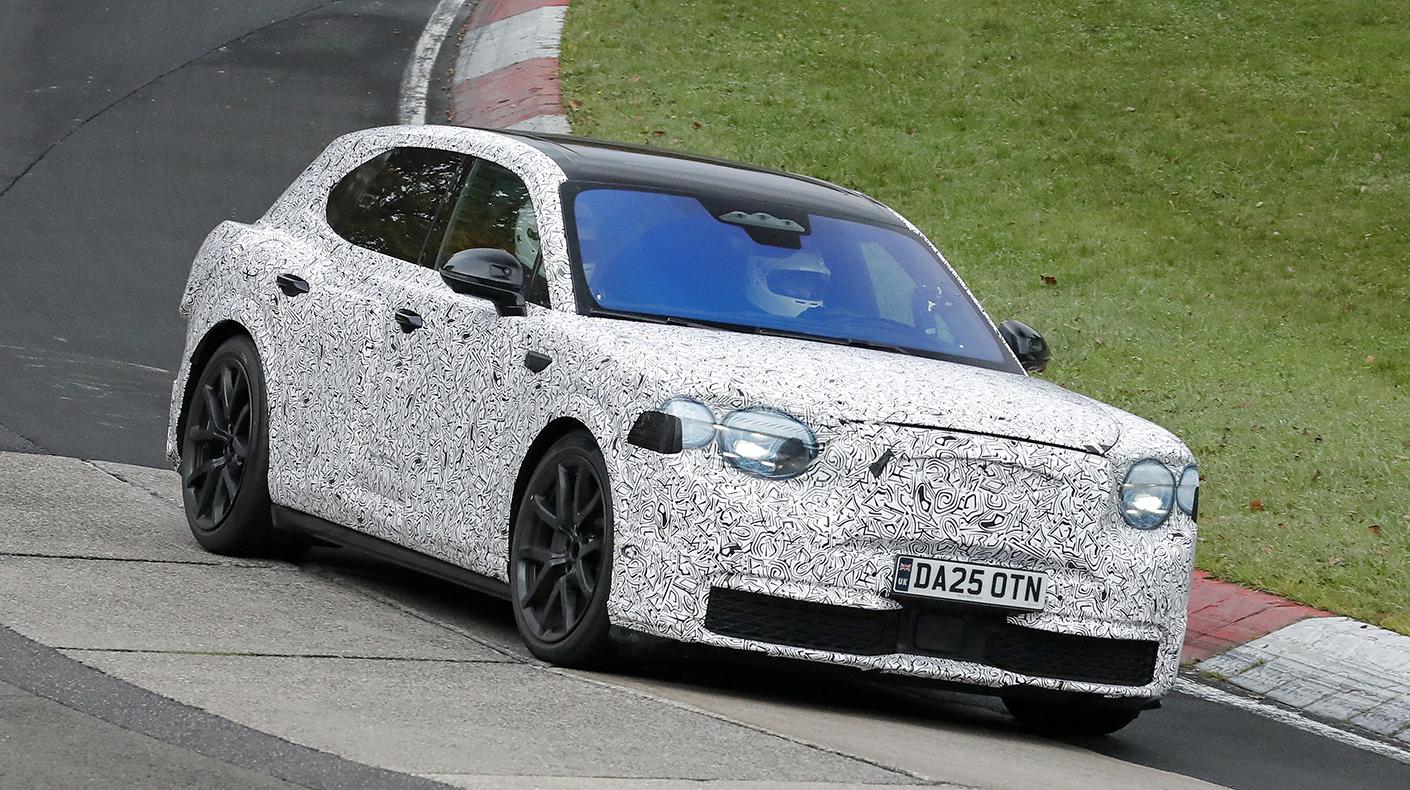We recently highlighted new-vehicle releases and model updates that will become available to consumers within the next few months. The emphasis was on changes within the compact-performance segment. These are models that specialty-equipment manufacturers should become familiar with. While their potential to change trends is unknown, their influence is not entirely unpredictable. Basic design principles and iconic recognition remain the same. Affordable economy cars, sports cars and bang-for-the-buck offerings keep the formula strikingly intact. This article aims to outline the current marketplace of vehicles that are available now with a focus on specific engines.
We have compiled data outlining the production and availability of engines that will be offered on popular compact performance models. These typically include four- and six-cylinder types rated under 3.0L. Some exceptions exist, but these represent the most common engines on the market for this segment. Along with basic specs, the table below includes volumes produced in 2006 and 2007 to help SEMA members gauge the size of the market. We have also listed related vehicles that share similar versions of the base unit.

When determining the potential market for engine parts, keep in mind that unit volume can be misleading. High-volume models do not necessarily indicate demand for performance products. Conversely, limited-production models (including “halo” vehicles) should not discourage development as they tend to have higher demand per unit due to their performance.
The late-model Subaru Legacy, for example, was a considerable presence at the 2008 Tokyo Auto Salon with tuning companies displaying new products on this “fresh canvas” (previously rare for modifying). The Legacy, Forrester and popular Impreza share engine components and can be modified in similar forms. Research and development costs could be minimal if identical products can be used across multiple vehicles or on global platforms.
Likewise, high-volume engines, such as the Honda K24A (I4), BMW N52 (I6) and General Motors LE5 (I4) are being produced in large quantities. Some cars might not possess the desirability of a Toyota Supra or Nissan Skyline GT-R, but they do have market potential solely based on their availability.
From the same manufacturers, the Toyota Camry and Nissan Maxima are more common and customized in greater amounts. The ratio of stock versus modified Camrys and Maximas is lower than their desirable counterparts, but they are more frequent. Additionally, the parts bins used in these types of cars are regularly sourced for multiple models, and specialty-equipment manufacturers can benefit from OEM economies of scale.
For more from the Research & Information Center visit, www.sema.org/research.
Source: SEMA Research & Information Center





